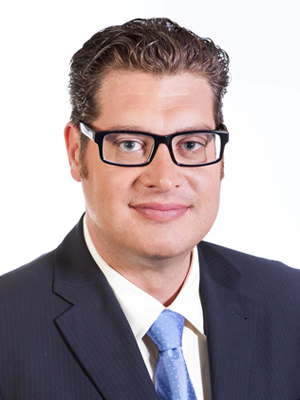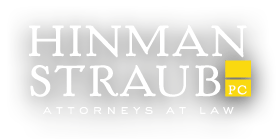U.S. Department of Labor Makes Changes to Salary Threshold for Overtime Exemption


Principal
Email Joseph Dougherty
In May, after approximately two years of work, the U.S. Department of Labor (DOL) issued its Final Rule to implement revisions to the regulations that establish overtime exemptions under the Fair Labor Standards Act.
The impact of this change, which goes into effect on December 1, 2016, is that some 275,000 New York employees will become newly eligible for overtime pay.
Under current federal law, certain executive, administrative, and professional employees are exempt from minimum wage and overtime requirements; these are commonly referred to as the “EAP” or “White Collar” exemptions. An employee is exemption from overtime mandates if he or she (1) is salaried; (2) earns more than the current the EAP threshold of $455 per week ($23,660 annually); and (3) primarily performs executive, administrative, or professional duties as provided in the DOL’s regulations (commonly called the “Duties Test”).
DOL’s Final Rule, as of December 1, 2016, makes several changes to the current exemptions that will increase the number of salaried employees who qualify for overtime pay. Most significantly, the Final Rule increases the EAP threshold to $913 per week ($47,476 annually).
The Final Rule also increases the minimum salary for the Highly Compensated Employee exemption (the “HCE threshold”) to $913 per week ($134,004 annually), and allows employers to begin using nondiscretionary bonuses and incentive payments to determine whether employees are exempt from overtime requirements.
Hinman Straub is available to provide a more in-depth analysis of the Final Rule and its potential impact on your organization’s existing policies and procedures.
If you have any additional questions about the Final Rule or how it will impact your operations, please contact Joseph M. Dougherty at (518) 436-0751 or [email protected].
